
views
Getting Started

Choose a language. A verb’s conjugations drastically change in each language. A conjugation may be more detailed if the language uses masculine, feminine and plural subjects regularly. It also changes with tense and a number of other reasons, depending on the language's structure. It is relatively easy to conjugate a verb in the English language, because the second person (you) is the same for singular or plural subjects and the verb does not change based on gender. However, English contains a large number of irregular verbs. Every language is different!
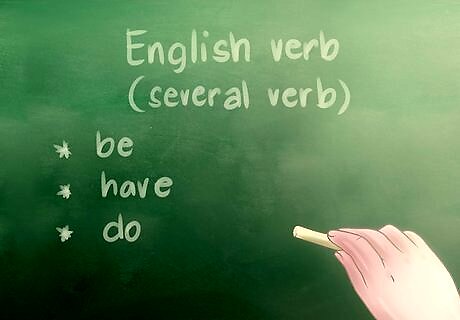
Pick a verb (or several verbs). Try a verb that you are used to using, so that you can conjugate the verb from memory, if possible. It's also a good idea to choose a verb from every family and irregular verbs for each. In Spanish, you'd want to pick an -ar verb, an -ir verb, and an -er verb, in addition to an irregular verb like "ser." Often the most common verbs are the irregular ones. Think of the three most common verbs in English: be, have, and do -- they all follow their own unique patterns. This is because common verbs maintain their nuance because they're so often used -- the patterns are well-established and resistant to change over time.
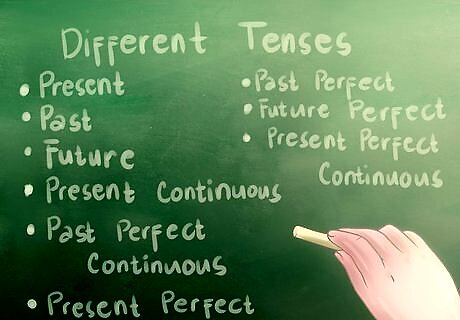
Identify the tenses you'd like to conjugate. A verb must be conjugated separately for each tense (at least in language that use tense heavily). There are many different tenses, including present, past, future, present continuous, past continuous, past perfect continuous, present perfect, past perfect, future perfect, and present perfect continuous. And that's just the tip of the iceberg! Which ones do you need to do? To get started at the very basic level, pick the present simple, past simple, and future simple. That way you'll be able to talk about things in the past, present, and future.
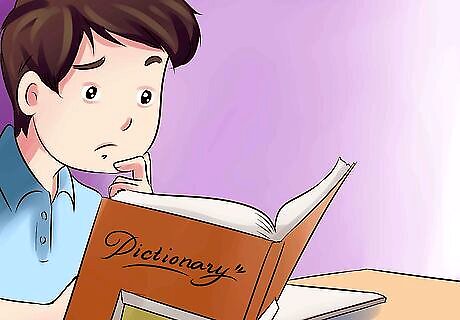
Look up the verb in the dictionary if you are unsure how it is used. It can give you an example of how it is used in a sentence to help get you started. Online resources can be very helpful, too, providing you with entire pre-made charts. Try guessing first though! The more you rely on your own brain, the stronger the connections will be in the future. Only jump to your dictionary or the Internet when you absolutely have to.
Exploring Person, Number, Tense, etc.
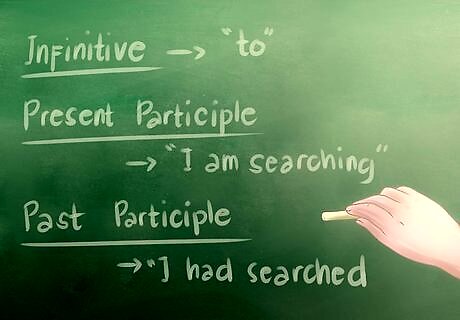
To start your chart, write the words “infinitive,” “present participle” and “past participle” on the first 3 lines. In some circles, this is known as verb 1, 2, and 3. Place a colon next to each one. You will then write the correct conjugation next to each term. Write down the infinitive form at the top. This is the word that is used with the word “to.” In English, it is also the part of the verb that is used with the future tense and with auxiliary verbs. For example, with the verb “to search,” the infinitive is “search.” List the present participle. This is the form of the verb that you use with the present continuous tense, such as “I am searching.” List the past participle. This is the form of the verb you would use with the past perfect, present perfect and future perfect tenses. For example, "I had searched," “I have searched," and "I will have searched."
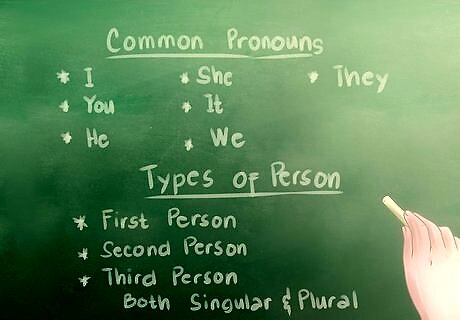
List all the types of person you should conjugate on subsequent lines. These are the most commonly used pronouns, including I, you, he, she, it, we, you and they. You are listing the first person, second person and third person, both singular and plural. The pronouns that you conjugate will change based on the language. Clarify what conjugations you are asked to include before you start your assignment. When doing English conjugation, you can group he, she and it together. You can also opt to remove the plural 2nd person, or you, because the verb does not change based on the number of people (that is, "you search" versus "you (all) search").
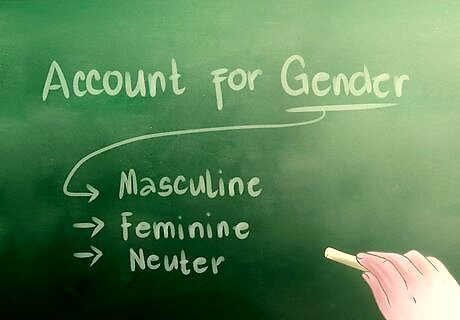
Account for gender or any other variable. While you'll be able to stop at person and number for some languages (Romance languages, namely), for others that won't be the case. If your language needs to account for gender, mood, voice (the full list is in the last section), do so now. It's still best to use a few verbs. How many "verb families" does your language have? Make sure to have one of each, including irregular verbs.
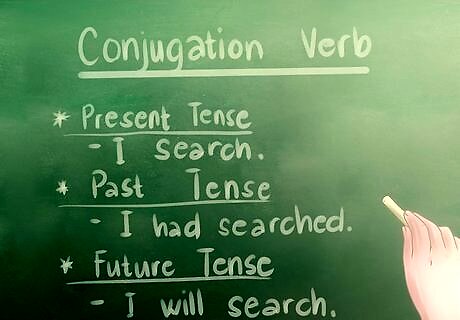
Fill in the verb conjugation chart. Write the form of the verb that is used for each person in each tense you are working on, next to the pronoun. Have separate charts that are constructed the same, yet different for past, present, and future. For example, to conjugate the verb “to search” in the present tense, you would write “I search, you search, he/she/it searches, we search, they search.” The chart would look similar, but not the same, if you were to do the verb in the past tense.
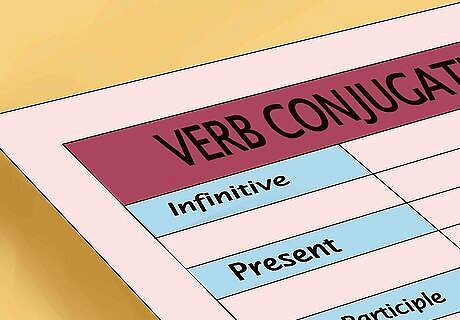
Make charts for all your verbs. To sum up, your chart should: Establish the infinitive, present and past participle Have columns for person and number (e.g., "I", "they", etc.) Have columns for gender, etc., if applicable You should have multiple charts for multiple verbs (of varying structures) for multiple tenses. For example, conjugate "to search" in the present simple, the past simple, and the future simple. Then, do the same with "to be," as it's irregular.
Understanding the Patterns

Know what conjugation is. Most of us only have an intrinsic knowledge of our own language -- that is, everything we know isn't something we realize we know. It's only when you take a look at your own language that you realize you conjugate verbs every day according to patterns you mastered years ago. You say "I go there on Tuesdays" and "She goes there on Tuesdays, too" without even thinking. What's that all about? When you switched to "goes," you indicated that you were talking about someone or something else. You also indicated that whoever or whatever you were talking about was only one person or thing. What's more, you used the present simple tense, indicating habit, a repeated action. If someone could barely hear you and only made out "Goes there on Tuesdays," they would know that someone or something is at a place on every, or at least most, Tuesdays (and not other days). Useful information! If we're getting visual, conjugation is changing part of the word. If you tack on an extra ending, you're putting in information. If you take some off, you're putting in information. If you're dealing with a language that heavily modifies verbs, you could have an entire sentence in one word just by modifying it the right ways.
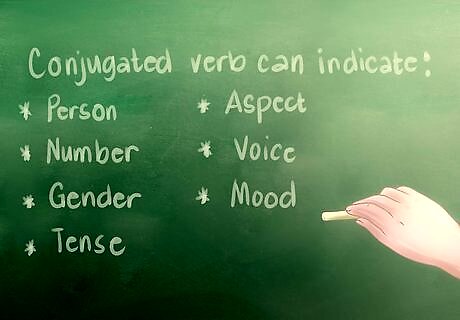
Know what conjugation can do. Certain languages have lost their nuances over the centuries (while others have gained). Maybe your language only indicates person or number, but there are some languages where verb conjugation can practically write a book. Here are the common possibilities for what a conjugated verb can indicate: Person. In English, you have to use a subject. You can't just say "...is beautiful." In Spanish, as an example, you could say "Soy bonita." The verb "soy" is conjugated in the first person -- yourself. Number. How many people are doing a thing? In French, you'd say "Je marche" (I walk). If you're walking with a few friends, you'd say, "Nous marchons." Gender. Languages like Hebrew also indicate gender on their verbs. If a female (or something regarded as female) is doing something, -/et/ or /a/ (the phonemic pronunciation, that is) is tack onto the end. Male? Leave it alone. Tense. Many languages use the verb to indicate when an action was done. You'd say "I went to the store last Tuesday" in English, not "I go to the store last Tuesday." Aspect. This is similar to tense, yet different. Tense refers to completed when, when aspect is completed how. An example of this is the passé simple and imparfait "tenses" in French -- they're both past tenses, but they're reserved for different situations. You can have aspect without having tense -- just take a look at Mandarin. Voice. This makes the sentence active or passive. That is "The boy kicked the ball" or "the ball was kicked by the boy." Mood. This covers whether the statement is a fact, a desire, a command, based in reality, etc. An example is the subjunctive tense -- "If I were hungry" quite clearly says that right now, you're not.
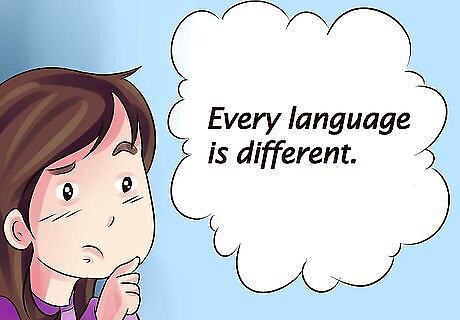
Know how it differs across languages. Every language is different. Conjugating verbs in one, while useful practice, won't necessarily make any other language easier. And yet others conjugate in ways that don't even involve the reasons discussed above! When you're conjugating yourself, make sure you've covered your bases. For example, Korean has seven speech levels. Depending on the formality of your situation, you conjugate the verbs differently! Japanese has different conjugations for speaker-listener relationships. This is called "honorific speech." The conjugation you choose indicates how far above or below you are in rank from the person you're speaking to.

Know that some languages also use declension. That's a fancy term for modifying nouns and adjectives. It's a very similar process and indicates a lot of the same things, it just has a different name. If your language also has declension, you can make charts for those, too. This is especially important in languages with cases and languages that don't have any specific word order. There are some languages where you can say (translated roughly, of course), "boy kick girl and "girl kick boy" that mean the same thing if the nouns are appropriately declined.

Know that some languages don't really conjugate at all. It's highly possible that the language you're studying doesn't have much verb conjugation. In Vietnamese, for example, you would use a past marker as a word all by itself ("đã") and not modify the verb at all to indicate something you already did. While this sounds like a free ticket, they often make up for complexity in other ways!


















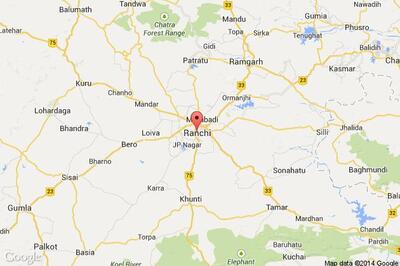

Comments
0 comment